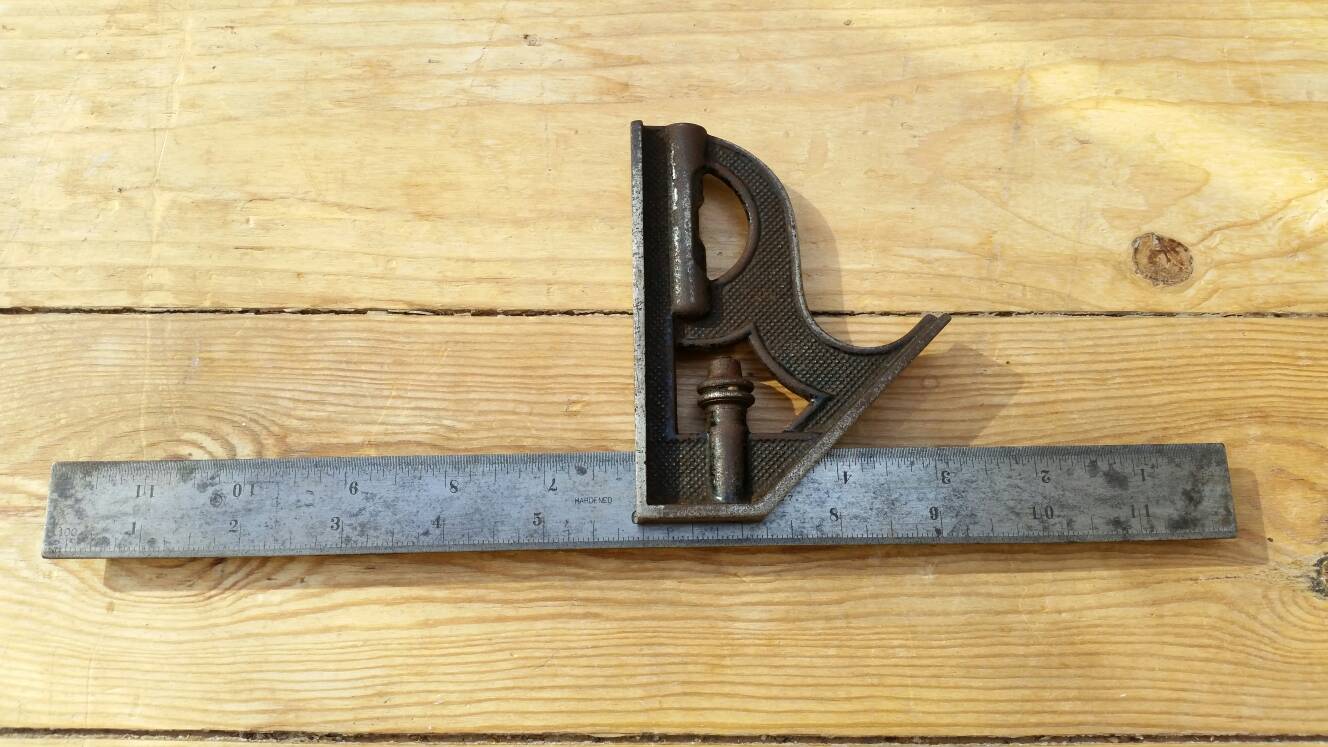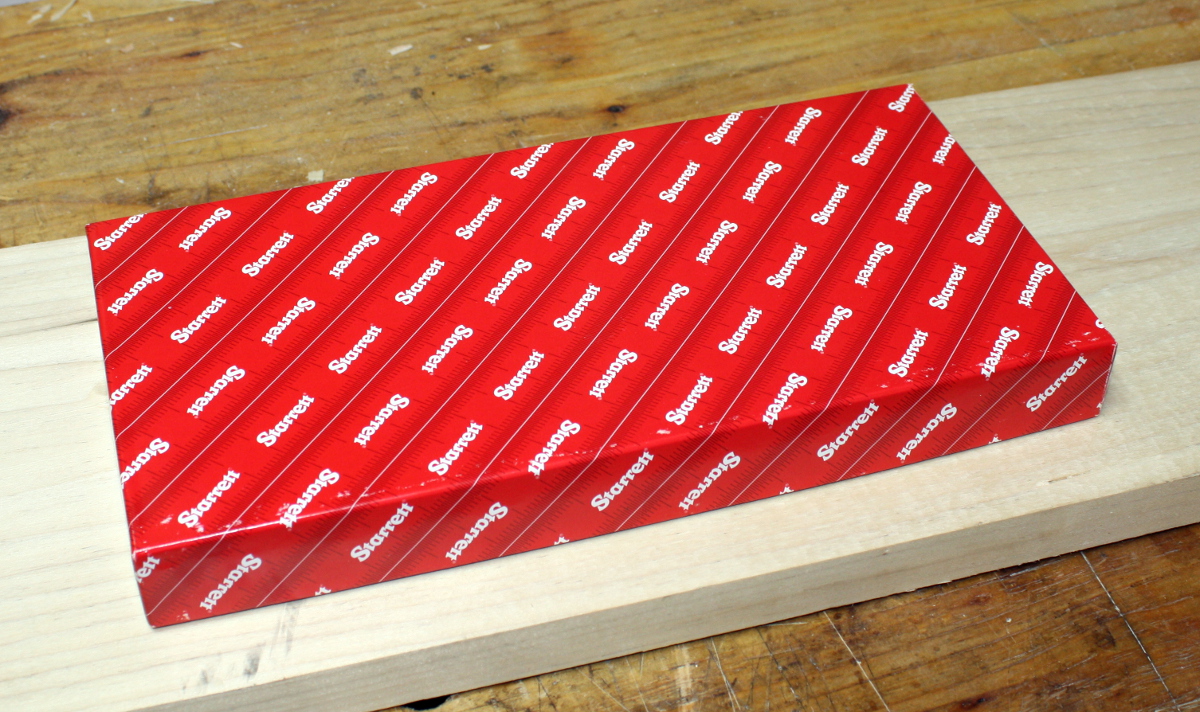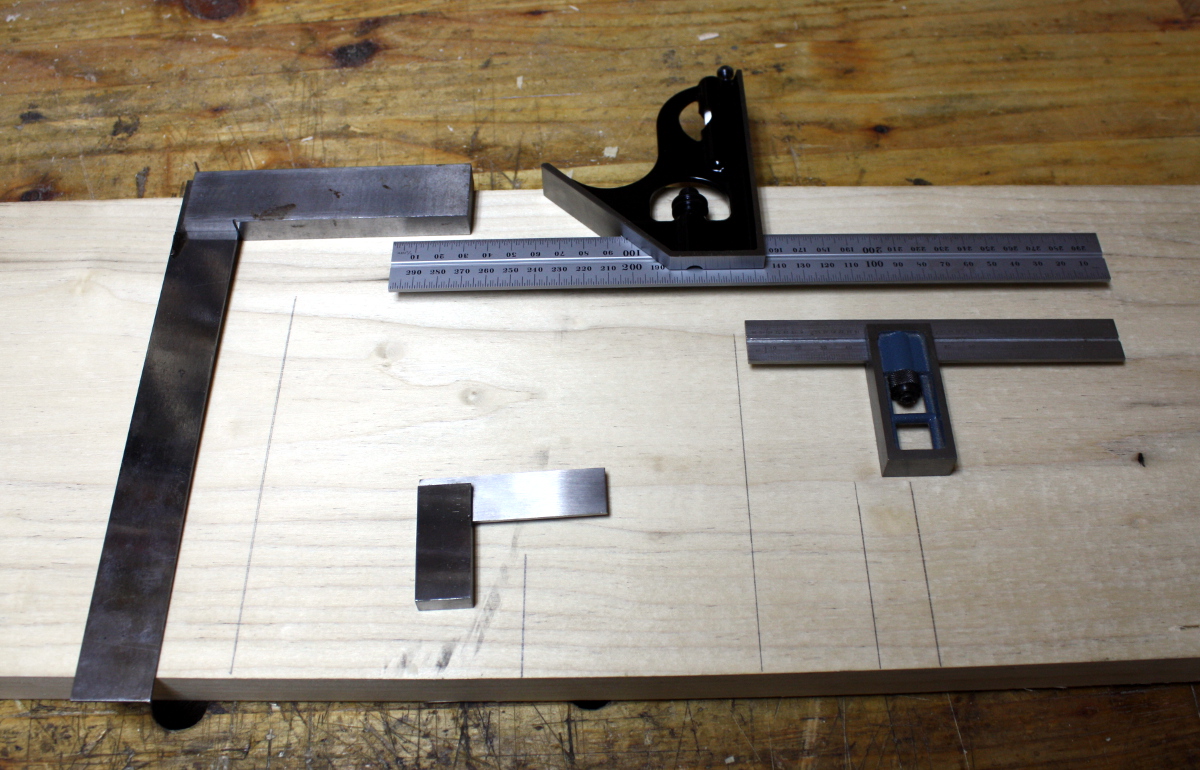johnnyb
Established Member
For accuracy i find combination square stocks are to short as a datum and there slide mechanism tends to wear. But there general versatility is there saving grace.
The empire heavy duty professional square was to 0.001per inch.i think. And £14 or so.
The empire heavy duty professional square was to 0.001per inch.i think. And £14 or so.







































